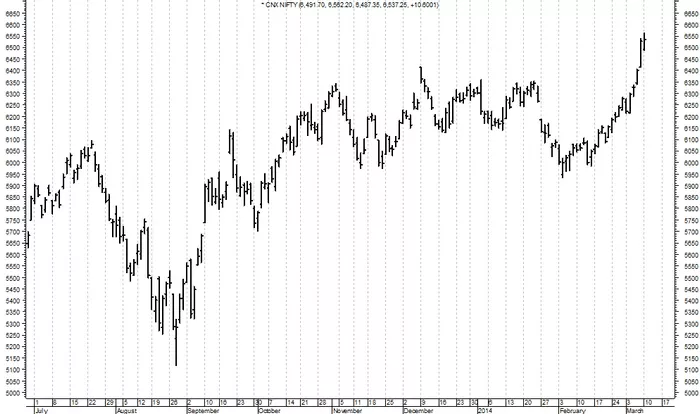Short covering is a crucial concept in the world of stock trading and investing. It involves buying back stocks that were previously sold short to close out a short position. Understanding short covering can provide valuable insights into stock market dynamics and trading strategies. This article will explore the intricacies of short covering, its impact on the market, and key considerations for investors.
Introduction to Short Selling
To grasp short covering, it is essential first to understand short selling, the practice that leads to short covering.
What Is Short Selling?
Short selling, or “shorting,” is a trading strategy where an investor borrows shares of a stock they do not own, sells them at the current market price, and then buys them back later to return to the lender. The goal is to profit from a decline in the stock’s price. Here’s a basic outline of how short selling works:
Borrowing Shares: The investor borrows shares of a stock from a broker.
Selling Shares: The borrowed shares are sold at the current market price.
Waiting for a Decline: The investor hopes the stock price will drop.
Buying Back: The investor buys back the same number of shares at the lower price.
Returning Shares: The purchased shares are returned to the lender.
If the stock price falls, the investor profits from the difference between the selling price and the buying price. Conversely, if the stock price rises, the investor incurs a loss.
What Is Short Covering?
Short covering is the process of buying back shares that were initially sold short. The purpose of short covering is to close out a short position, which involves repurchasing the borrowed shares to return them to the lender.
When Does Short Covering Occur?
Short covering typically occurs under the following circumstances:
Price Increase: If the price of a stock rises significantly, short sellers may buy back the shares to limit their losses. This is often done to avoid further financial damage.
Market Conditions: Changes in market sentiment or unexpected news may lead short sellers to cover their positions.
Margin Calls: If the price of a stock increases beyond a certain point, brokers may issue margin calls requiring short sellers to either add more funds to their accounts or cover their positions.
How Does Short Covering Work?
Here’s a step-by-step explanation of how short covering works:
Recognition of Losses: A short seller notices that the stock price is rising and anticipates further increases, leading to potential losses.
Decision to Cover: To mitigate losses, the short seller decides to buy back the shares.
Buying Back Shares: The short seller buys shares at the current market price, which is higher than the price at which they were initially sold short.
Returning Shares: The repurchased shares are returned to the broker to fulfill the borrowing agreement.
Impact of Short Covering on the Market
Short covering can have significant effects on the stock market, particularly on the stock of the company involved.
Price Movement
Short covering can lead to upward price movement in the stock. As short sellers buy back shares, the increased demand for the stock can drive the price higher. This effect is often referred to as a “short squeeze.”
Short Squeeze
A short squeeze occurs when a heavily shorted stock experiences a rapid price increase, forcing short sellers to cover their positions. This increased buying pressure can exacerbate the price rise, leading to a feedback loop where the rising price forces more short sellers to cover, driving the price even higher.
Market Sentiment
Short covering can influence overall market sentiment. When significant short covering occurs, it may signal to other investors that the stock is experiencing strong buying interest or that positive news is emerging, potentially leading to increased buying activity from other market participants.
Volatility
The process of short covering can increase market volatility. As short sellers rush to buy back shares, the sudden spike in buying activity can cause sharp and rapid fluctuations in the stock price.
See Also: What Are Small Cap Stocks?
Strategies and Considerations for Investors
Understanding short covering is essential for investors who are involved in short selling or who want to be aware of potential market movements.
Monitoring Short Interest
Short interest refers to the number of shares that have been sold short but not yet covered or closed out. High short interest can indicate that many investors are betting against the stock, which may signal potential for a short squeeze if positive news or market conditions arise.
Analyzing Market Trends
Investors should analyze market trends and news that could impact stock prices. Positive developments or strong earnings reports can trigger short covering and drive up stock prices.
Risk Management
For investors who engage in short selling, managing risk is crucial. Setting stop-loss orders and maintaining a diversified portfolio can help mitigate potential losses. Being aware of the potential for a short squeeze and monitoring price movements can also aid in managing short positions effectively.
Short Covering in Different Market Conditions
Short covering can manifest differently depending on market conditions and overall market sentiment.
Bull Markets
In a bull market, where stock prices are generally rising, short covering can be more prevalent. As prices climb, short sellers may face mounting losses and choose to cover their positions, contributing to further upward momentum.
Bear Markets
In a bear market, characterized by declining stock prices, short covering may be less common. However, when a bear market shows signs of reversing or specific stocks exhibit strong positive movements, short covering can occur as short sellers seek to lock in profits or avoid losses.
Event-Driven Scenarios
Certain events, such as mergers and acquisitions, regulatory changes, or unexpected earnings reports, can trigger short covering. These events can lead to sudden and significant price movements, prompting short sellers to cover their positions quickly.
Case Studies of Short Covering
Examining real-world examples of short covering can provide further insight into its impact on stock markets.
Case Study 1: GameStop (2021)
The GameStop short squeeze in early 2021 is a notable example of short covering. A surge in GameStop’s stock price, driven by retail investors on social media platforms, forced many institutional short sellers to cover their positions. This led to a dramatic increase in GameStop’s stock price and highlighted the potential for significant volatility due to short covering.
Case Study 2: Tesla (2020-2021)
Tesla experienced substantial short covering during 2020 and 2021 as its stock price soared. Short sellers who had bet against Tesla faced significant losses as the company’s stock price climbed. The increased buying pressure from short covering contributed to the stock’s continued upward momentum.
Conclusion
Short covering is a fundamental concept in stock trading, involving the repurchase of shares sold short to close out a position. It can significantly impact stock prices and market dynamics, particularly during periods of high short interest or market volatility. Understanding short covering, its effects, and associated strategies can help investors navigate the complexities of the stock market and make informed trading decisions.
By recognizing the potential for short squeezes, monitoring market conditions, and employing effective risk management strategies, investors can better position themselves to respond to short covering scenarios and capitalize on market opportunities.
[inline_related_posts title=”You Might Be Interested In” title_align=”left” style=”list” number=”3″ align=”none” ids=”3497,3492,3442″ by=”categories” orderby=”rand” order=”DESC” hide_thumb=”no” thumb_right=”no” views=”no” date=”yes” grid_columns=”2″ post_type=”” tax=””]




























